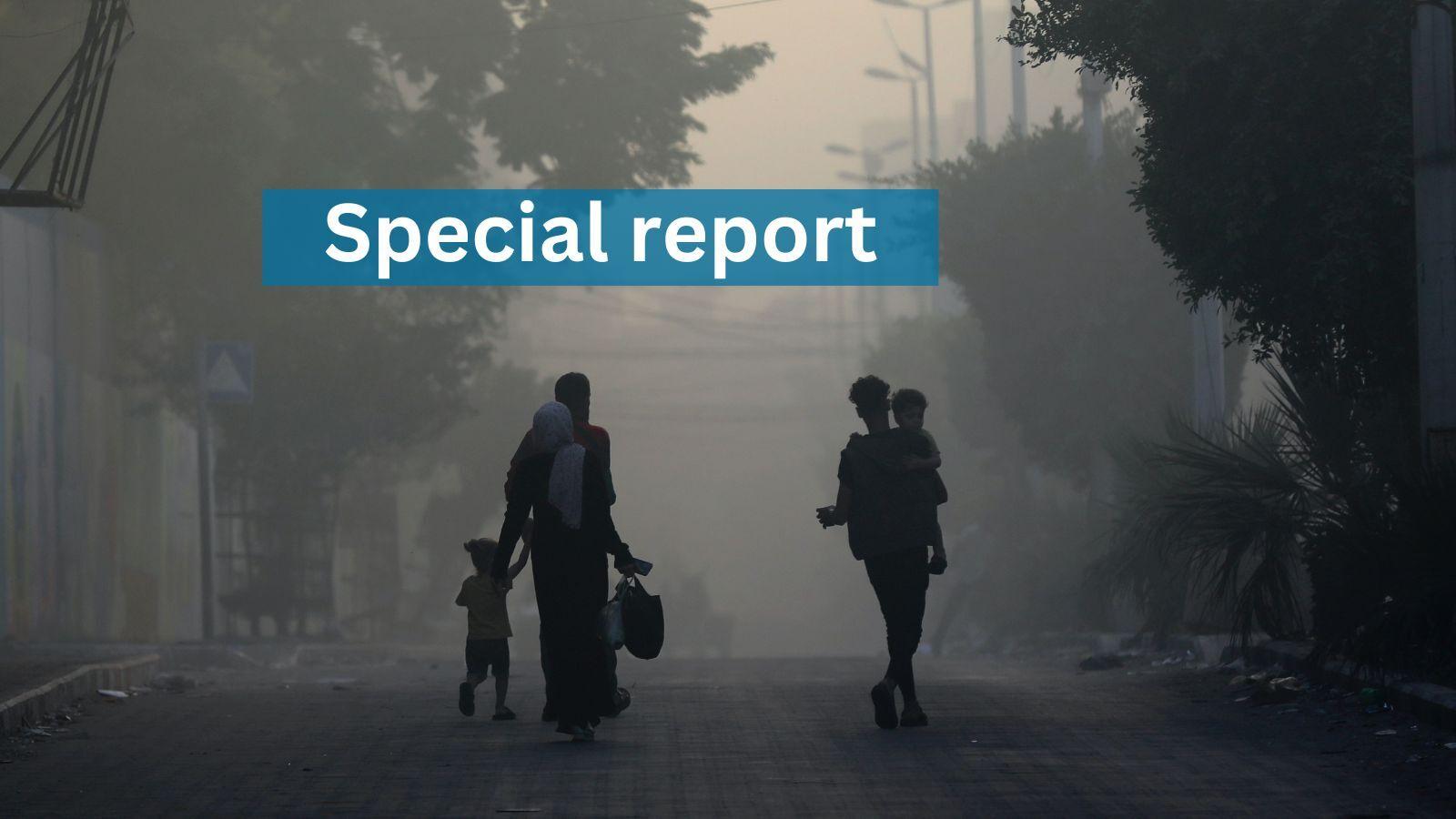In the early morning hours of Oct. 7, fighters from the Palestinian militant group Hamas in the Gaza Strip started firing rockets into southern Israel.
It was the end of the Jewish festival of Sukkot, and the eve of the Simchat Torah holiday. What unfolded over the next several hours came as a shock to Israelis. Hamas gunmen broke through the Gaza border fence and attacked numerous Israeli communities, killing more than 1,300 people and taking more than 200 others hostage.
Israel formally declared war on Hamas the following day. The Israeli military called up more than 350,000 reserve troops and began intensive airstrikes in the Gaza Strip. President Joe Biden visited Israel on Oct. 18 in a show of US support for Israel at a time of war. On Oct. 19, the Palestinian Health Ministry in Gaza estimated that nearly 4,000 people had been killed by Israeli bombardment.
Meanwhile, the Israeli military has deployed tens of thousands of troops outside the Gaza border and called for Palestinians in the northern Gaza Strip — a population of more than a million people — to move south. A large-scale Israeli ground invasion is expected anytime.
The World has compiled a comprehensive timeline of events to help understand some of the context of this ongoing conflict going back as far as the late 1800s.
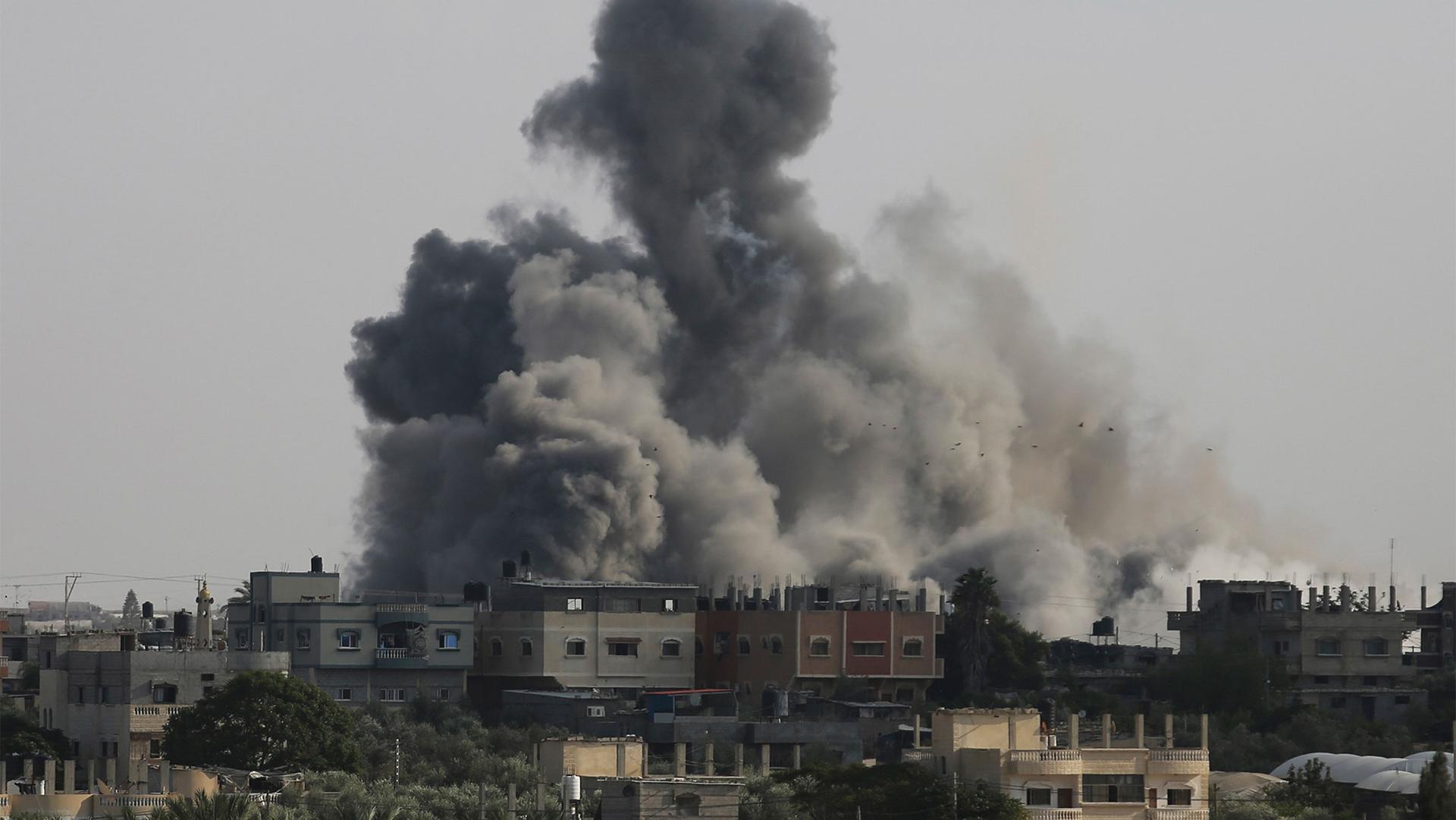
1897: The first Zionist Congress convenes in Switzerland. Zionism is the national movement for the return of the Jewish people to their homeland and resumption of Jewish sovereignty in Israel.
1915: During World War I, British Member of Parliament Herbert Samuel releases “The Future of Palestine” memorandum calling for the British annexation of Palestine. Two years later, the Balfour Declaration promises a “national home for the Jewish people in Palestine.”
1916: The Sykes-Picot agreement concludes in secret between Great Britain and France, dividing up future spheres of influence within mostly Arab lands of the Ottoman Empire.
1919: Emir Feisal of the Syrian administration, outlines a case at the Paris Peace Conference for the independence of Arab countries from the Ottoman Empire after talks with Zionist leader Chaim Weizman. Feisal and Weizman agree that if the Zionists supported an Arab caliphate, it would, in turn, support a Jewish national homeland in Palestine.
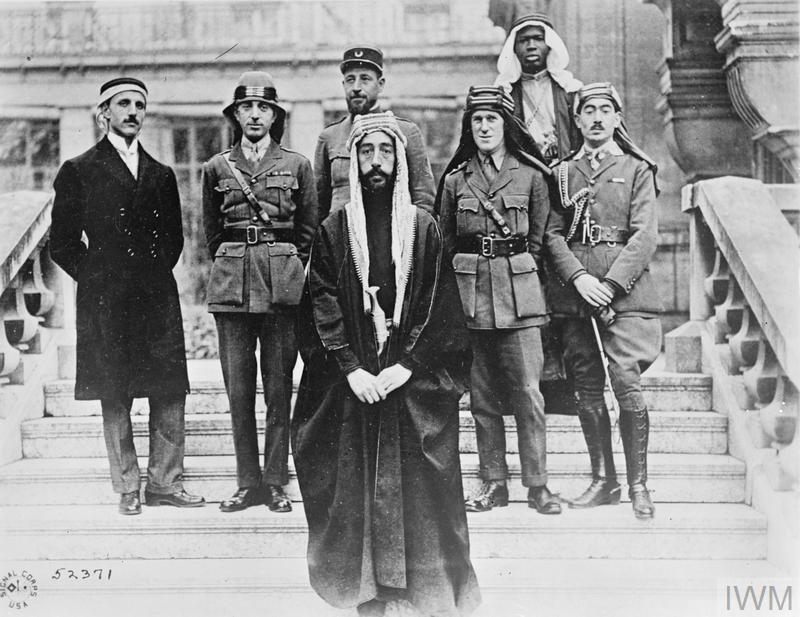
1922: The League of Nations, which preceded the United Nations, grants a mandate over Palestine to Great Britain, incorporating terms from the Balfour Declaration.
1929: The Hebron massacre marks three days of riots in which dozens of Jews are killed by local Palestinians, with synagogues and homes being attacked, ending long-standing coexistence in the city.
1936: The Arab revolt in Palestine begins, also known as the Great Palestinian Revolt, against British rule.
1937: The UK’s Royal Commission Report recommends the partition of Palestine.
1939: The British government issues the White Paper, laying out the governing policy for Palestine. This includes limits on Jewish immigration as a concession to Palestinians — and a suggestion for the establishment of an independent state in Palestine within 10 years, with Arabs and Jews sharing governing responsibilities.
World War II begins. The genocide of European Jews by Nazi Germany leads to the killing of 6 million Jews in the Holocaust.
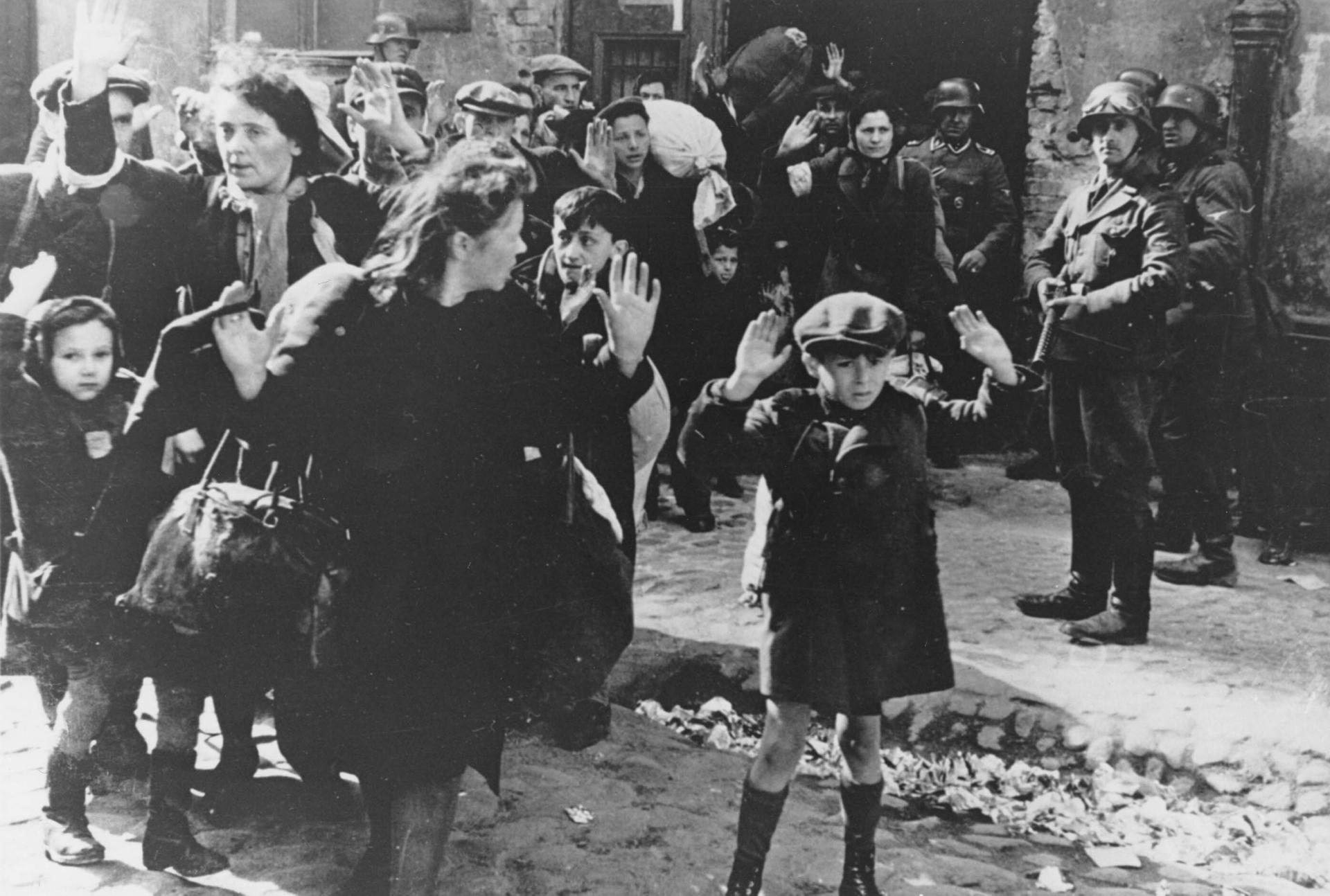
1947: Britain places the question of Palestine before the United Nations and in November, passes a resolution recommending two separate states to be joined economically, with Jerusalem being governed by a special, international trusteeship.
1948: In April, Zionist paramilitary groups kill hundreds of Palestinians in the Deir Yassin massacre outside of Jerusalem. A month later, Great Britain ends its mandate over Palestine.
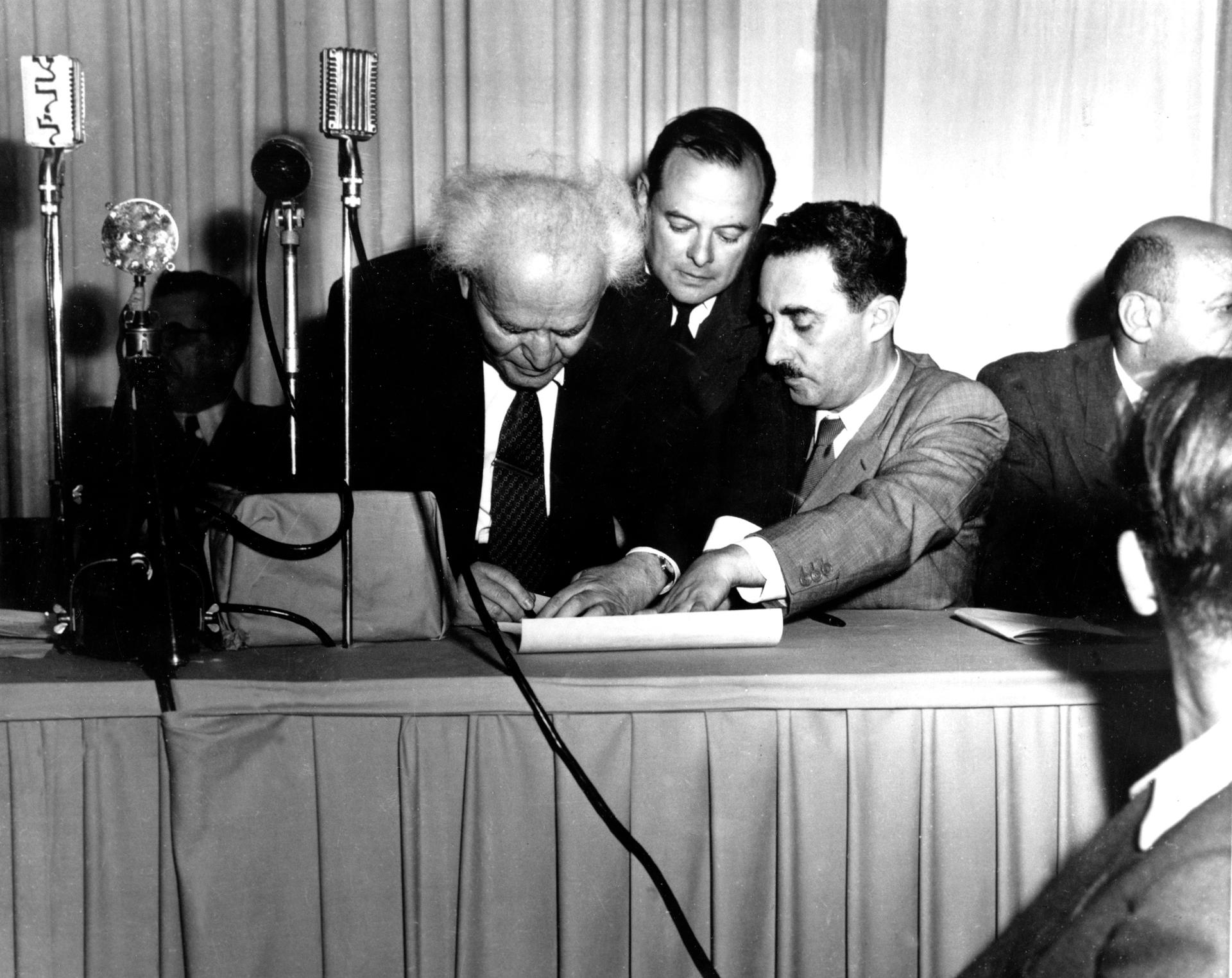
Israel declares independence on May 14. The Truman administration in the US is the first country to recognize the newly formed state of Israel. And the Arab-Israeli War of 1948 breaks out when five Arab nations send armies to attack Israel immediately after the announcement of Israel’s independence.
Palestinians mark May 15 as the Nakba, or “catastrophe” as 700,000 Palestinians flee or are driven out of their homes. After 10 months of fighting in the Arab-Israeli War, Israel takes control of all the territory proposed by the United Nations for a Jewish state along with more than half of the land for a proposed Arab state.
The UN mediator for Palestine is assassinated four months into his job by the Stern Gang, a Zionist militant group.
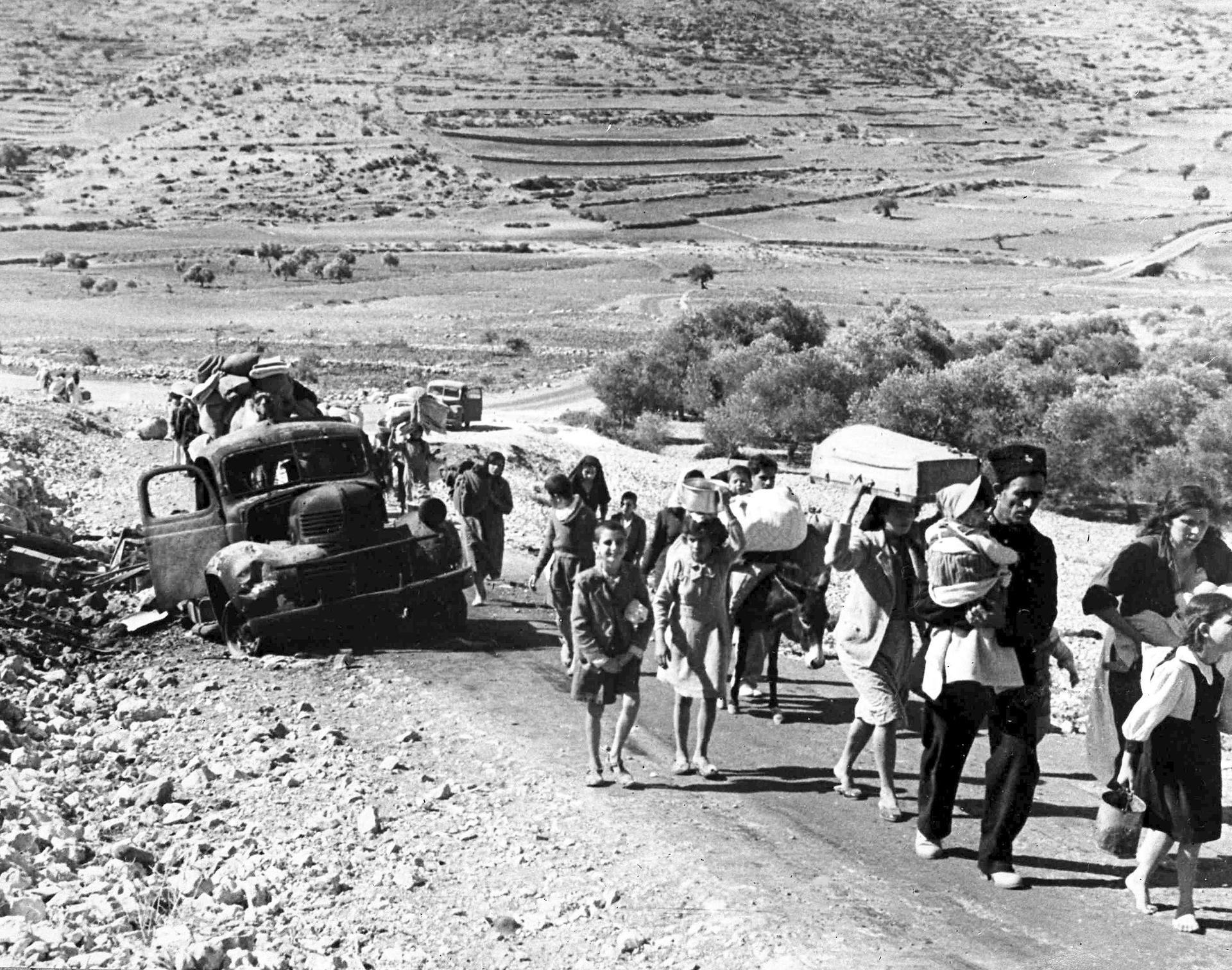
1949: Israel is admitted as a member of the United Nations. Israel signs armistice agreements with neighboring Egypt, Jordan, Lebanon and Syria.
1950: Israel moves its capital from Tel Aviv to the western part of Jerusalem. Jordan takes formal control of the West Bank. The annexation is not recognized by the international community.
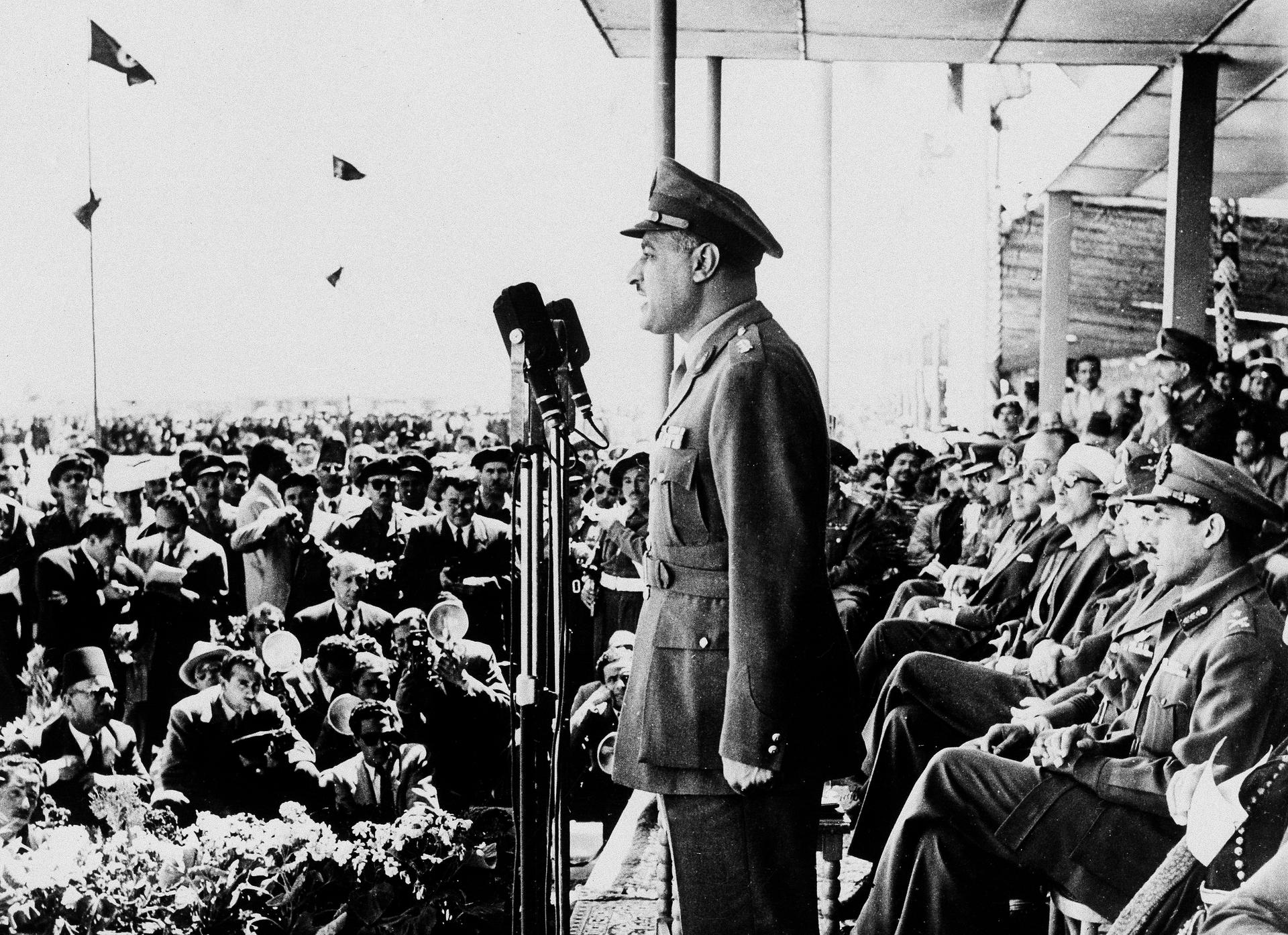
1956: Egyptian President Gamal Abdel Nasser nationalizes the Suez Canal waterway, cutting off Israel from shipping lanes. Israel invades the Sinai Peninsula and the Gaza Strip.
1957: Israel withdraws from Egyptian territory, but maintains control over the Gaza Strip and the Gulf of Aqaba.
1964: The Palestine Liberation Organization (PLO) is founded.
1967: The Six-Day War, or the Arab-Israeli War, breaks out in June after a surprise attack by Israel on neighboring Jordan, Syria and Egypt. Israel defeats their armies and occupies the West Bank — including east Jerusalem — the Gaza Strip, the Golan Heights in Syria and the Sinai Peninsula in Egypt. In November, the UN calls on Israel to withdraw from the territories it conquered in the war and for Israel’s neighbors to recognize the Jewish state.
1972: Palestinian militants from the Black September group raids the Olympic Village dormitory where Israeli athletes are staying during the 1972 Munich Summer Olympics and kills 11 athletes.

1973: The Yom Kippur War breaks out after a surprise attack by a coalition of Arab states led by Egypt and Syria on the Jewish holiday of Yom Kippur.
1974: The UN General Assembly and the Arab League recognize the PLO as the sole, legitimate representative of Palestinians.
1978: Egypt and Israel agree to the Camp David Accords after secret negotiations led by US President Jimmy Carter.
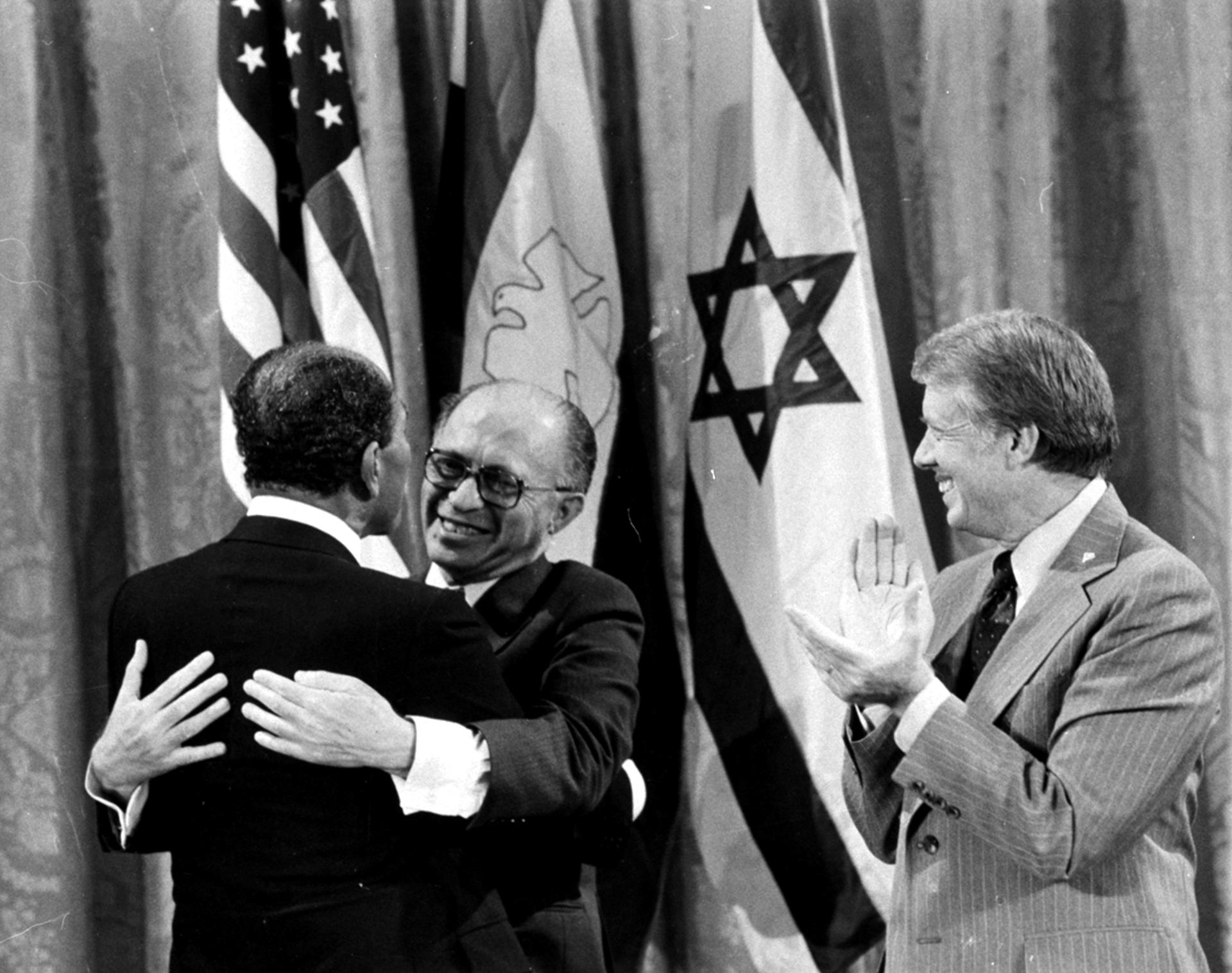
1979: Egypt and Israel sign a peace treaty at the White House, leading to Israel’s complete withdrawal from Egypt’s Sinai Peninsula.
1980: Israel’s Knesset, or parliament, enacts a law proclaiming Jerusalem as the undivided capital of Israel. The UN Security Council condemns the move as a violation of international law. US President Jimmy Carter says the status of Jerusalem should be decided through negotiations.
1982:Israel invades Lebanon amid the Lebanese civil war to destroy the PLO that had launched attacks into Israel from southern Lebanon. The PLO withdraws from Lebanon, with assurances by the US and a multinational force of protection for Palestinian refugees and civilians.
The Israeli military besieges the Sabra and Shatila refugee camps in Lebanon, providing cover for the Phalange — a right-wing, Maronite Lebanese militia — to conduct mass killings inside the camps. The Lebanese militant group Hezbollah is founded.
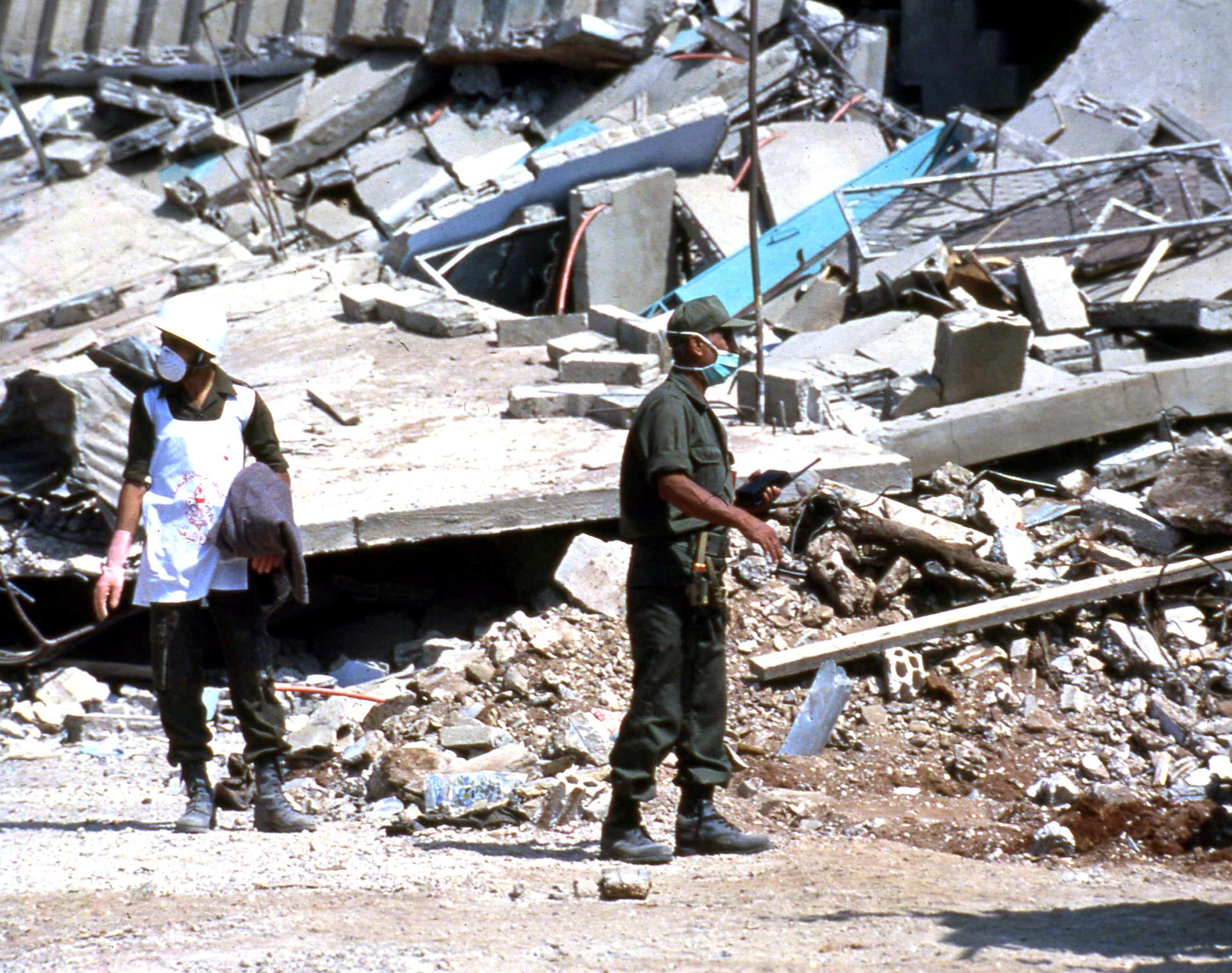
1987: The first intifada, or Palestinian uprising, begins in the Jabaliya Refugee Camp in the Gaza Strip. The Palestinian militant group Hamas, an offshoot of the Egyptian Muslim Brotherhood, is founded.
1988: Jordan recognizes the PLO as the sole, legitimate representative of Palestinians. PLO Chairman Yasser Arafat at the UN in Geneva proclaims Palestine to be an independent state and hints at recognizing Israel for the first time.
1993: Israel and the PLO agree to the Oslo Accords establishing a peace process negotiated through a two-state solution. The Palestinian Authority (PA), also known as the Palestinian National Authority (PNA), is created and brings limited self-governance for Palestinians in the West Bank and Gaza Strip. Hamas carries out a series of suicide bombings in Israel.
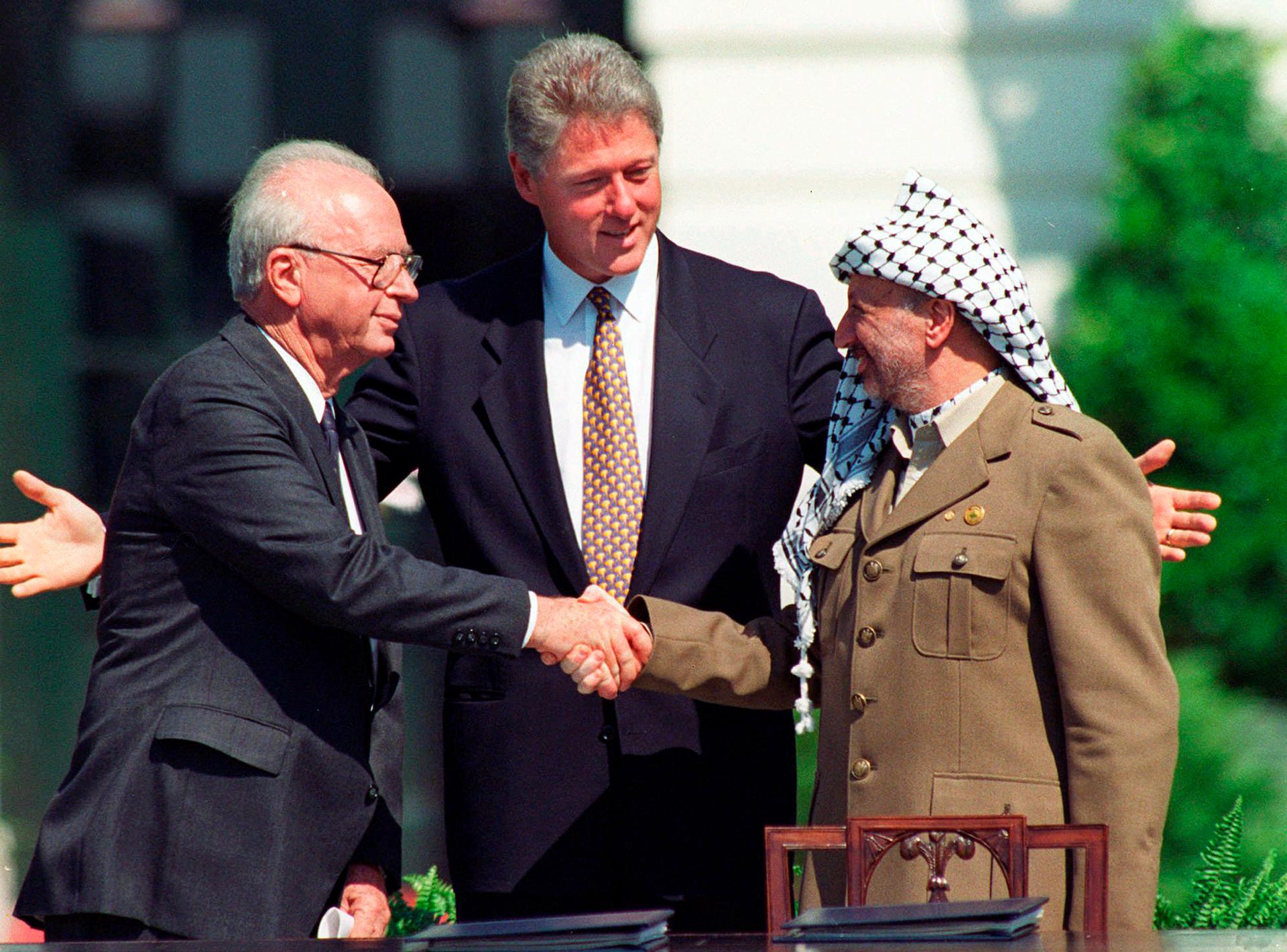
1995: Israel and the PLO sign an agreement known as Oslo II in September, which delineates three types of control over parts of the Palestinian territories. In November, Israeli Prime Minister Yitzhak Rabin is assassinated by a Jewish extremist.
1996: Palestinians hold their first general elections.
2000: US President Bill Clinton convenes a Middle East Peace Summit at Camp David, but it ends without agreement. A visit by Prime Minister Ariel Sharon to the Haram al-Sharif compound, as it’s known to Muslims — or Temple Mount, as it’s known to Jews — in Jerusalem triggers the second Palestinian intifada.
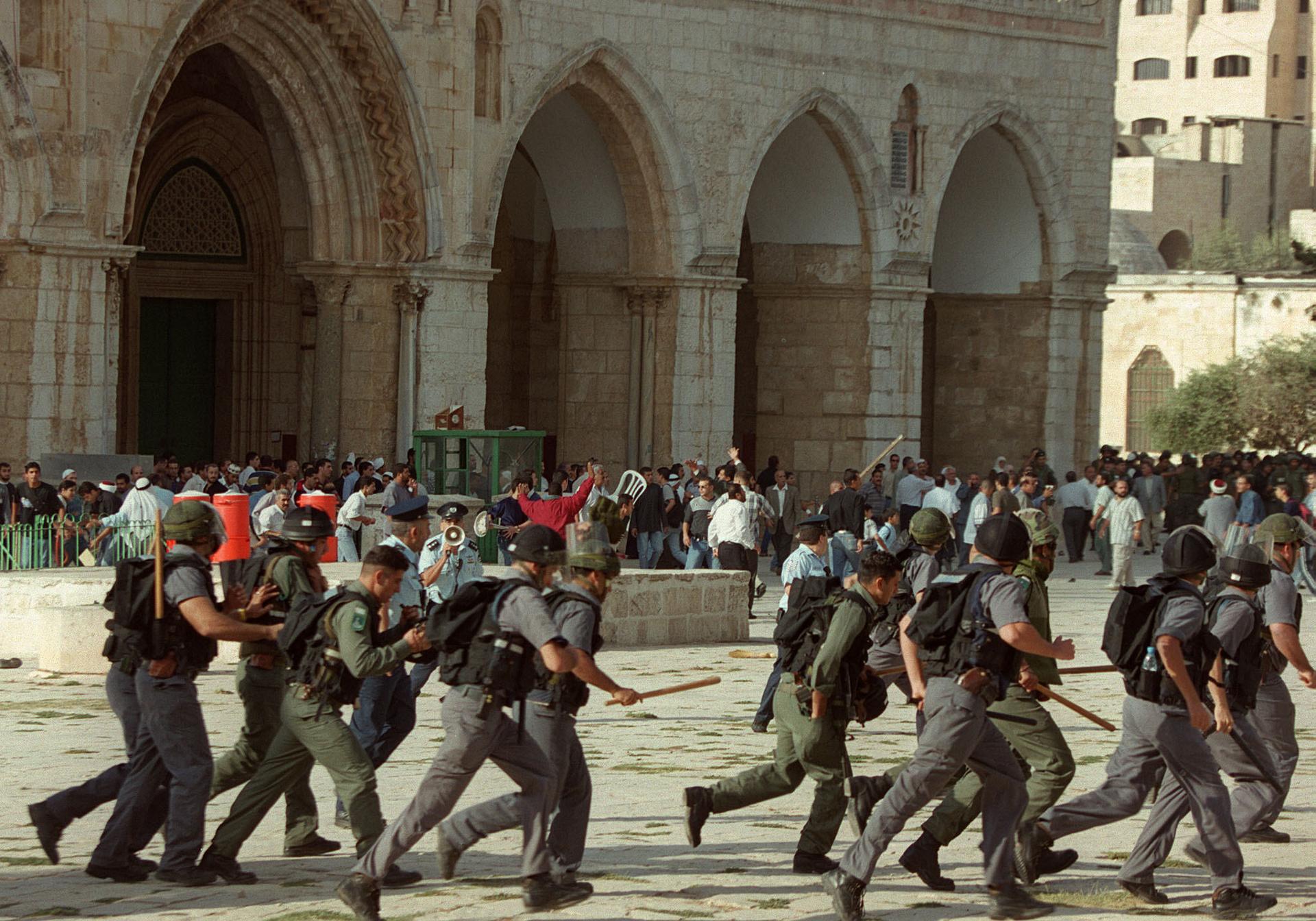
2002: The Middle East Quartet is established, consisting of the UN, EU, US and Russia, to help mediate the Israeli-Palestinian conflict and support Palestinian economic development and institution-building. The League of Arab States adopts the Arab Peace Initiative.
Israel launches “Operation Defensive Shield” in the West Bank with the stated aim of “stopping Palestinian terrorist attacks.”
2003: The Middle East Quartet adopts the US-developed Roadmap for Peace plan.
2004: Israeli missile strike kills a founder of Hamas, Sheikh Ahmed Yassin, in Gaza.
2005: Israel unilaterally disengages from the Gaza Strip and dismantles its settlements, but restricts the movement of Palestinians there by maintaining control over most of the territory’s borders.
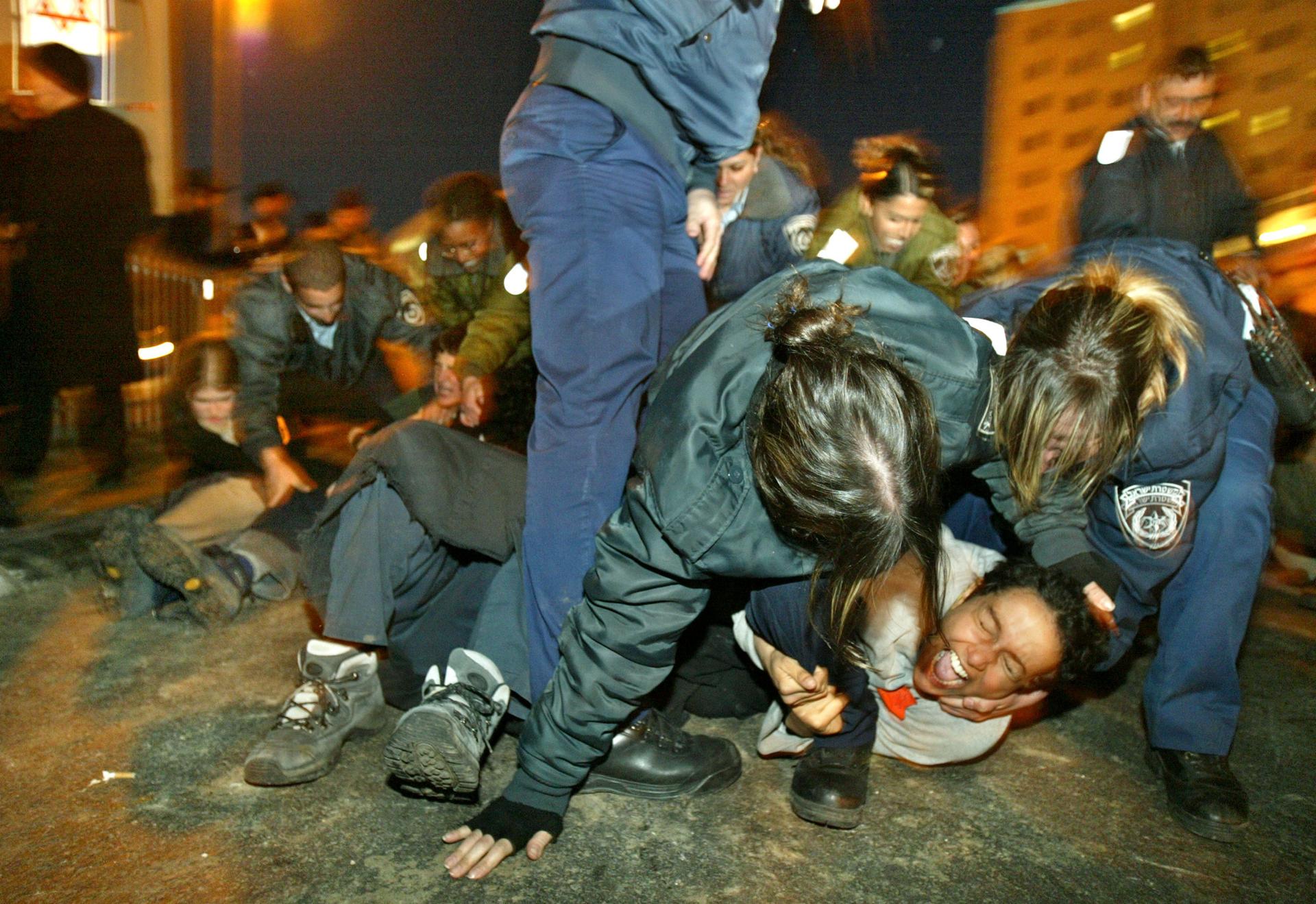
2006: Hamas wins Palestinian Legislative Elections and forms a Palestinian Authority government. The US, Israel and other countries sanction the Hamas government.
Israel goes to war with Hezbollah in Lebanon.
2007: Hamas takes control of the Gaza Strip after a deadly, five-day battle against the Palestinian faction Fatah. Israel and Egypt impose a blockade on Gaza. The Annapolis Conference attempts to revive stalled peace talks and implement the Roadmap for Peace.
2008: Israel broadens its sanctions against Hamas in Gaza. Israel and Egypt impose an indefinite blockade of the Gaza Strip. Israel launches a massive, 22-day military assault on the Palestinian enclave.
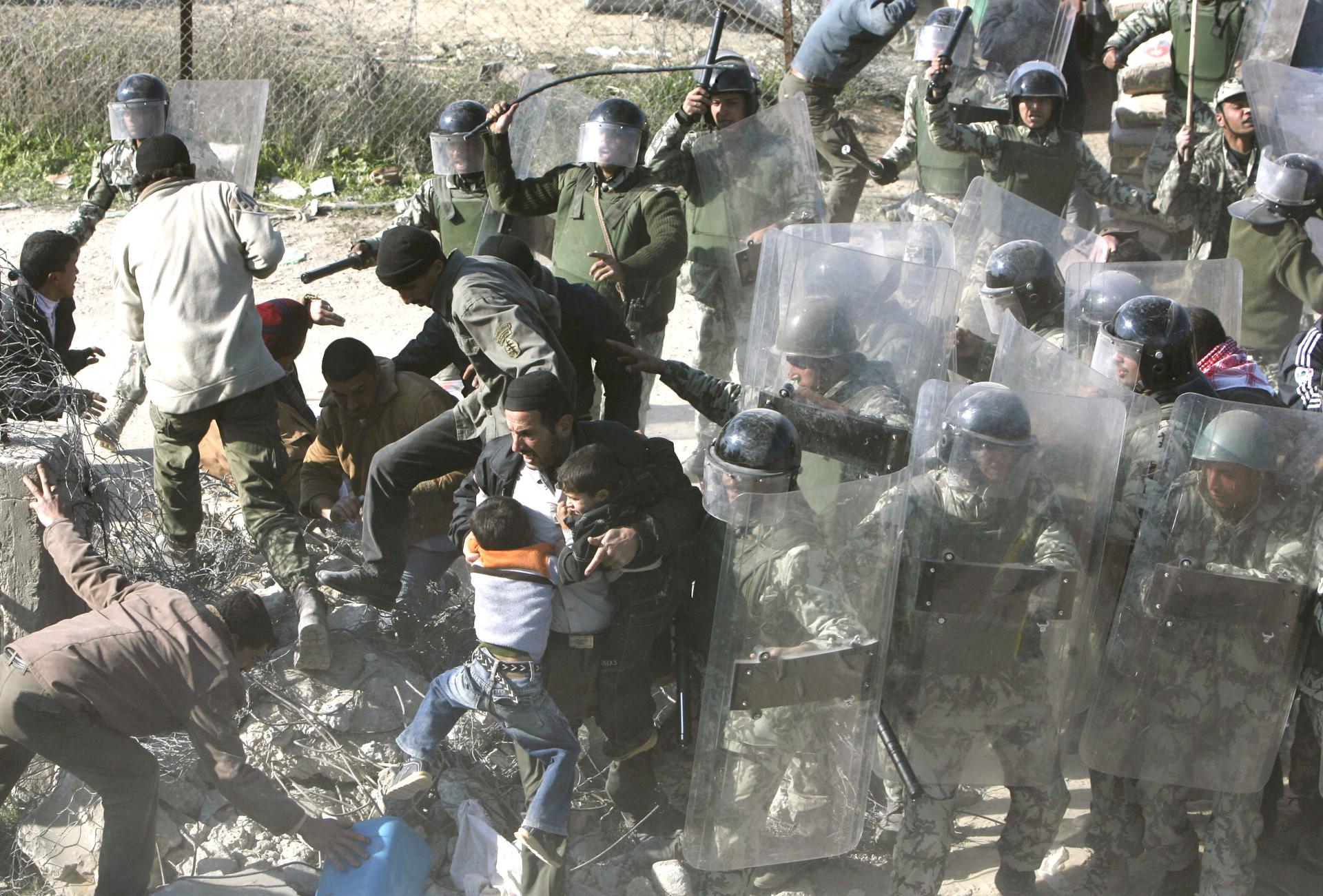
2009: The UNSC passes a resolution calling for a ceasefire in Gaza and presents findings of human rights violations.
2010: Turkey suspends military ties with Israel after the Gaza flotilla raid by Israeli soldiers aboard the Mavi Marmara ship.
2012: Rocket attacks by Palestinian militants increase from Gaza in November. Israel launches an eight-day military operation against the Gaza Strip in December, killing Hamas military chief Ahmed Jabari. The UN General Assembly also grants Palestine nonmember observer state status at the United Nations.
2013: US Secretary of State John Kerry begins direct negotiations between Israel and the Palestinian Authority to restart the stalled peace process.
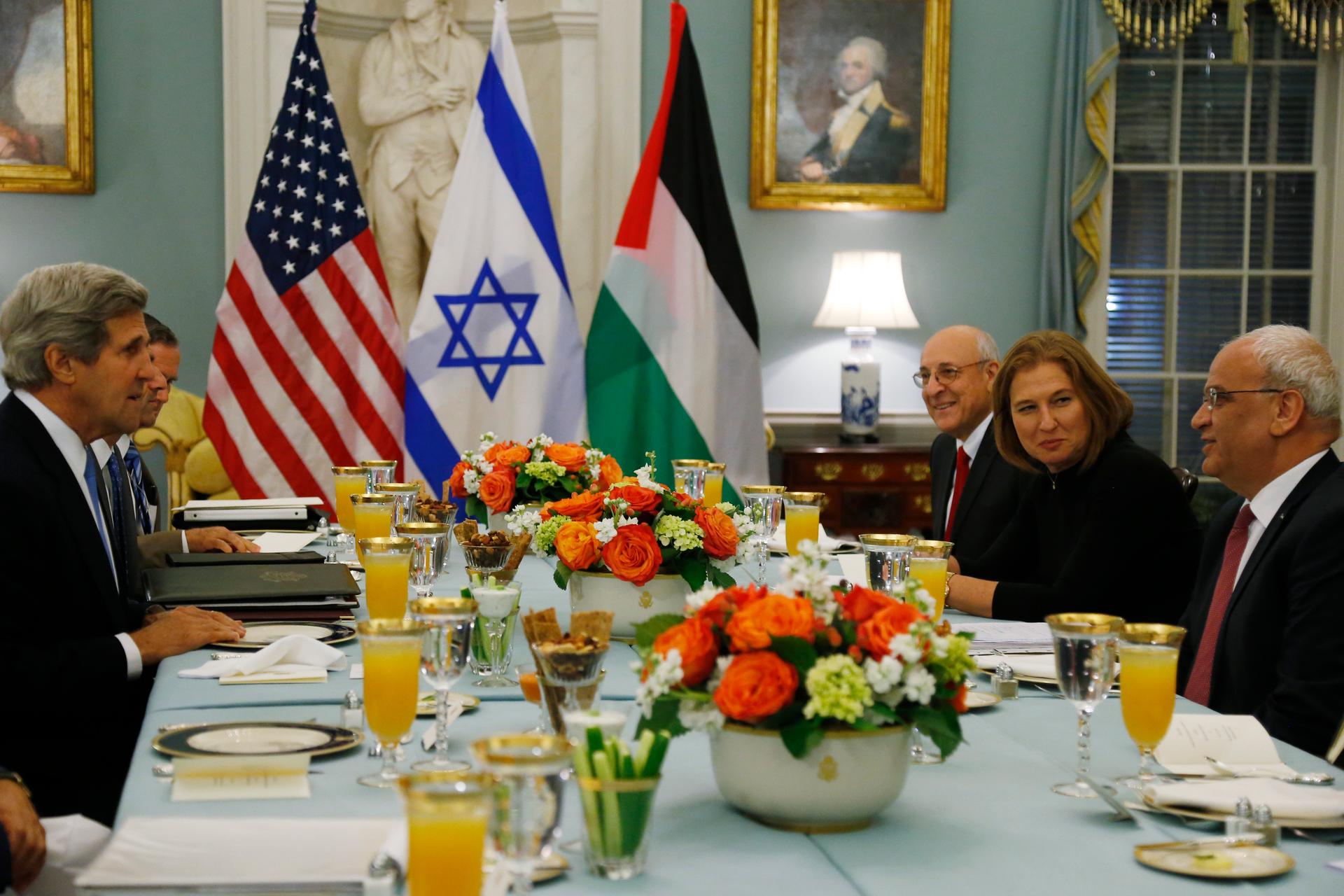
2014: Three Israeli teenagers are kidnapped and killed in the West Bank, followed by the kidnapping and killing of a Palestinian teenager in Jerusalem. Protests break out and rockets are fired from Gaza. Israel launches Operation Protective Edge, also known as the 2014 Gaza War. It ends after 50 days in an Egypt-brokered ceasefire.
2016: The UNSC adopts a resolution that states Israeli settlements have no legal validity and constitute a flagrant violation of international law.
2017: US President Donald Trump declares that the United States recognizes Jerusalem as Israel’s capital and moves the US Embassy from Tel Aviv to Jerusalem the following year.
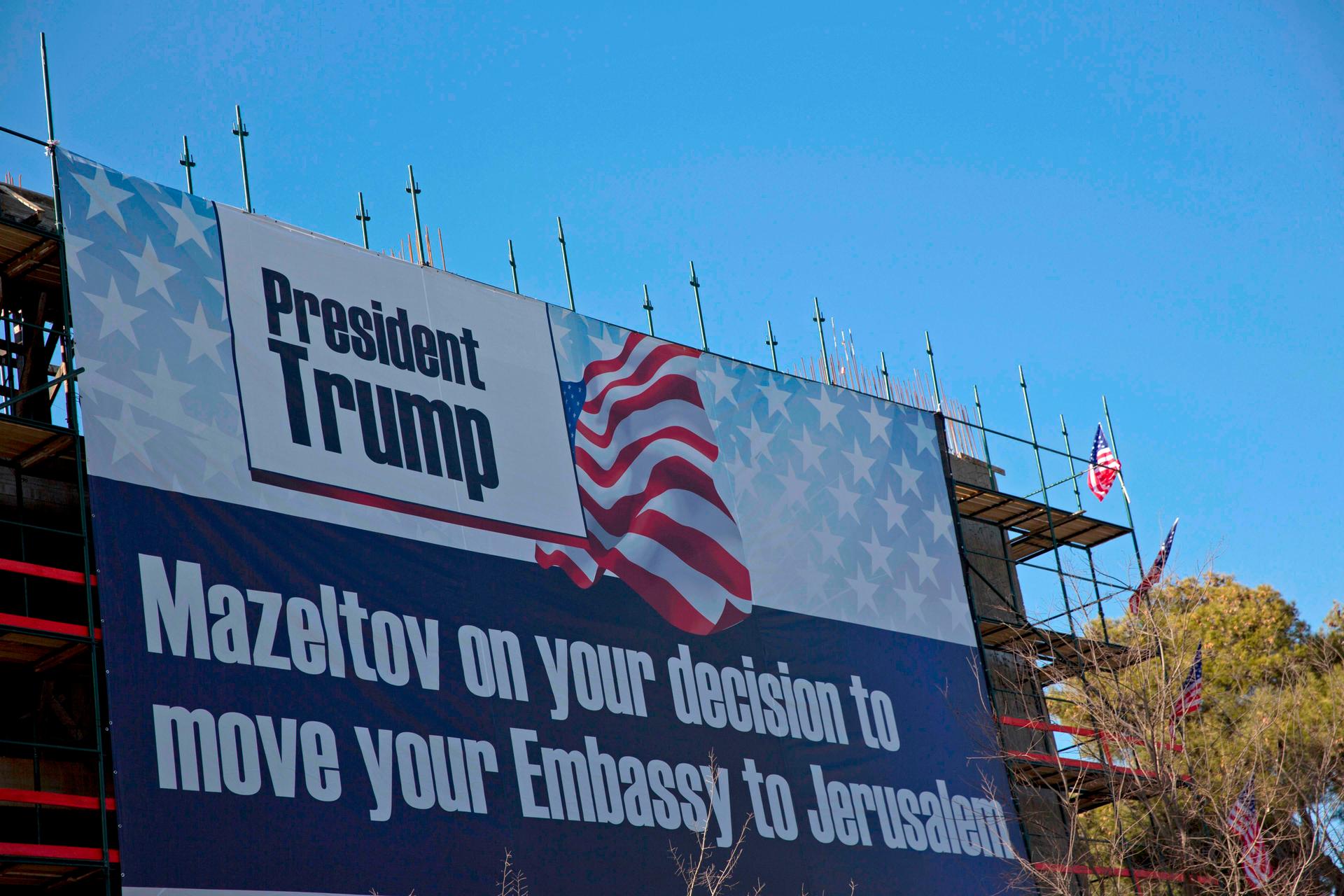
2018: Large numbers of Palestinian protesters march to the barrier fence that separates Gaza and Israel in what comes to be known as the “Great March of Return.” The Israeli military responds with deadly force, killing more than 150 Palestinians and injuring thousands
2019: Trump says the US officially recognizes Israeli sovereignty over the Golan Heights, becoming the first nation to do so. Under international law, the territory is considered to be part of Syria. The following year, Trump helps mediate the Abraham Accords that leads to the normalization of relations between Israel and several Arab states, the United Arab Emirates and Bahrain, and later, Sudan and Morocco.
2021: An Israeli police raid at the Al-Aqsa Mosque in Jerusalem sparks an 11-day war between Israel and Hamas in Gaza.
2022: A spate of attacks by Palestinians across Israeli cities and Israeli military raids in the West Bank take place. Israel celebrates its 75th anniversary, while Palestinians and, for the first time, the UN marks 75 years since the Nakba. Israeli President Isaac Herzog visits Turkey in March, starting a thawing of relations between the two countries. Shireen Abu Akleh, the prominent Palestinian American journalist for Al Jazeera, is shot and killed by an Israeli soldier in the West Bank city of Jenin.
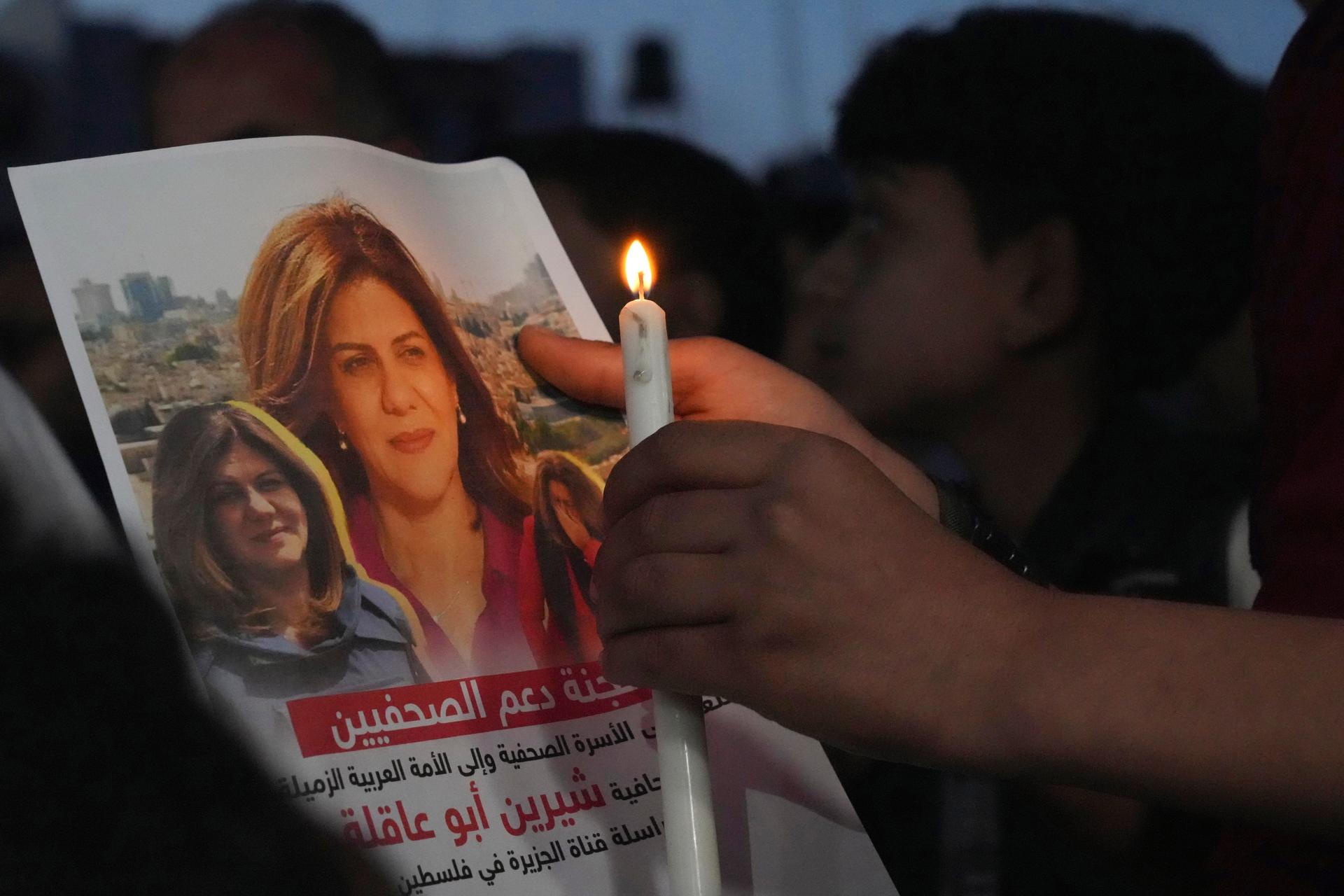
2023: In January, Israeli forces raid the Palestinian city of Jenin and, the next day, a Palestinian gunman attacks an East Jerusalem synagogue during prayers. Israel launches airstrikes on Gaza in May, sparking five days of violence, and raids Jenin again in June, deploying helicopter gunships to the West Bank for the first time since the second intifada. Hamas gunmen open fire the next day at a restaurant in the Israeli-occupied West Bank.
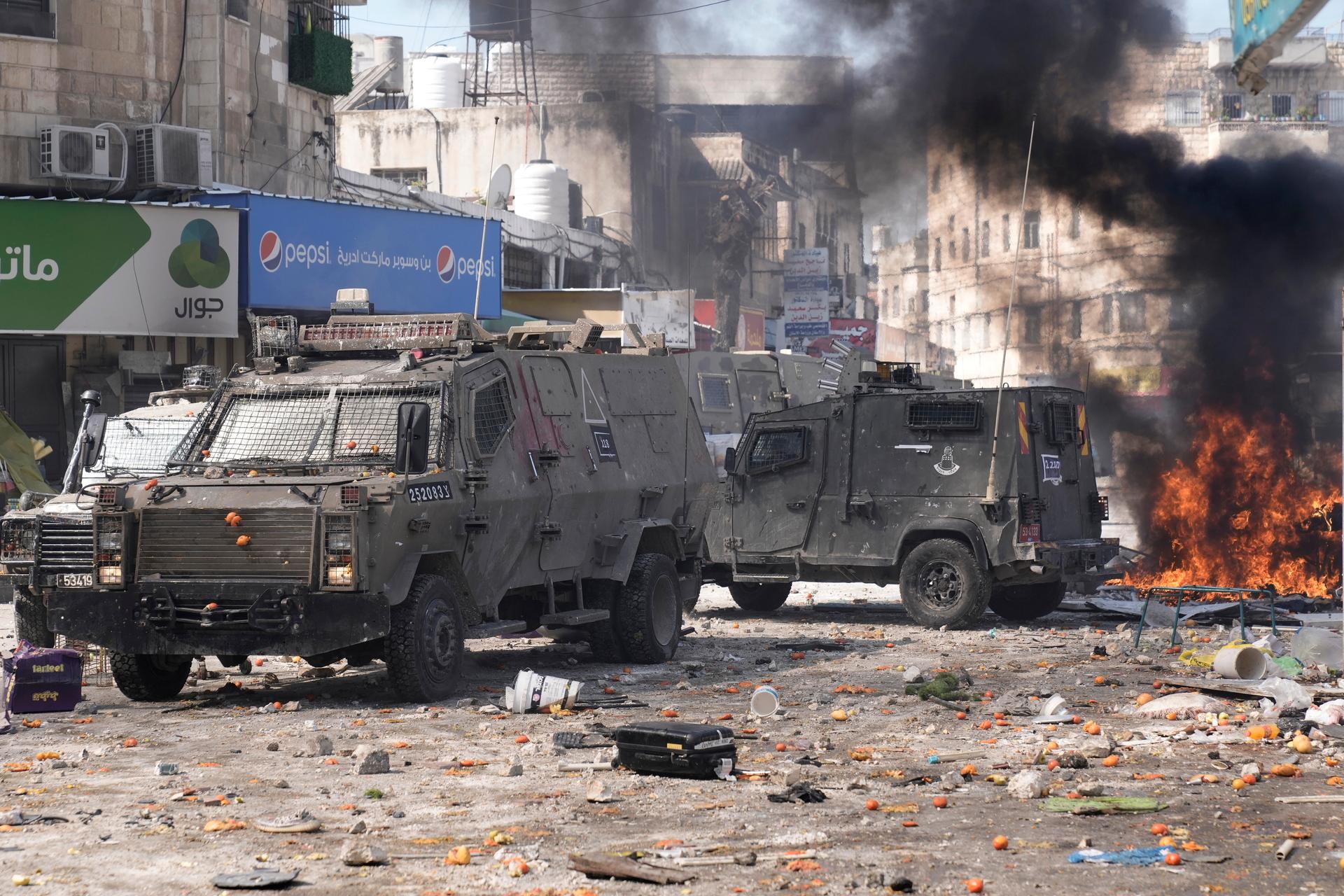
Israeli settlers in the West Bank step up attacks against Palestinians, torching homes and cars in several villages. Before the Hamas attack on Oct. 7, The Associated Press reports that nearly 200 Palestinians were killed by Israeli fire in 2023, while Palestinian attacks have killed more than 30 Israelis. Through the summer, the Israeli military carries out nearly daily raids in the West Bank as part of what it calls a “counterterrorism effort.” The Israel-Hamas war begins after the Hamas attack on Oct. 7.
